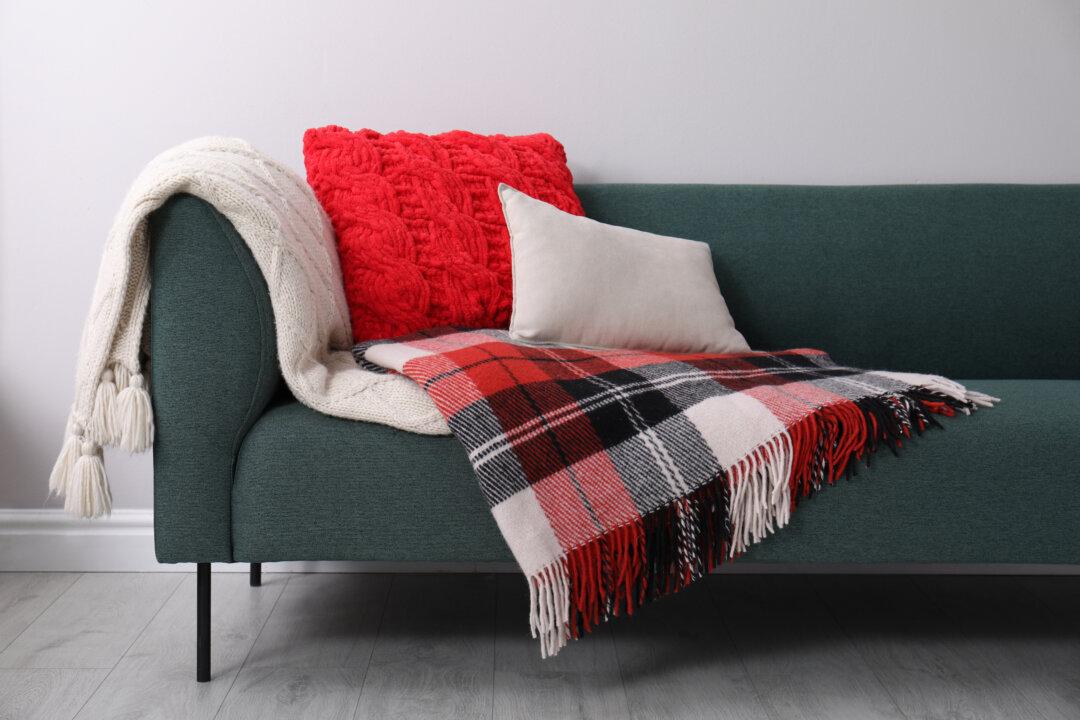No one likes the sound of “dangerous cleaning products.” But here are some words we like even less: germs, bacteria, and microorganisms. Powerful cleaners such as bleach and ammonia are known to destroy 99.9 percent of said microorganisms, and we’re all for harnessing their potent disinfecting power.
That said, cleaning product safety is also extremely important because some chemical-based cleaners are dangerous if not handled correctly. So it’s worth a refresher on the right way to use and maintain them to keep your home safe.





